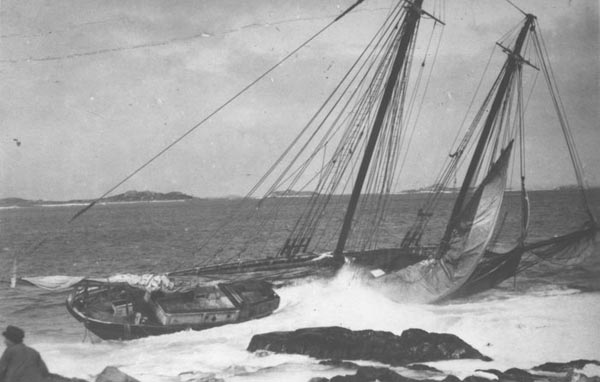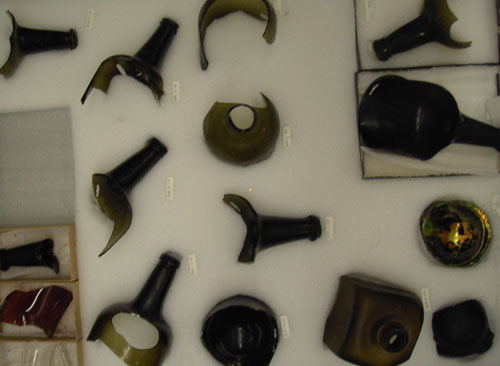Trinity, a small town on the
North East coast of Newfoundland, is a place whose personality has been
largely shaped by the sea. The harbour has been proclaimed as being ‘the
best and largest harbour in all the land”, by Sir Richard Whitbourne in his
book A Discourse and Discovery (1620). Whitbourne first visited
Trinity in 1579 and he might have been the person that named it from its
having, “three arms or Rivers, long and large enough for several hundred
sail of ship s...” The harbour has 21 miles (34 kilometers) of shoreline that
is sheltered in three arms. In the days of sail it was regarded as one of
the finest natural harbours in the world and a principle port. In fact it
was even proclaimed to have been able to hold the entire British Navy.
s...” The harbour has 21 miles (34 kilometers) of shoreline that
is sheltered in three arms. In the days of sail it was regarded as one of
the finest natural harbours in the world and a principle port. In fact it
was even proclaimed to have been able to hold the entire British Navy.
Prior to 1700 Trinity was mainly a summer fishing station that was used by fishermen from the Channel Islands and the South of England. After 1700 it virtually became a colony of the English port of Poole, Dorset and remained so for about 150 years. Merchants began to concentrate their shipping from this harbour due to its narrow entrance which made it defensible and an abundance of shore space for fishing premises. By the 1740s it was a principle port for the transatlantic salt fish trade.
During the years 1700-1850 a host of entrepreneurs, merchants, traders, shopkeepers and chapmen (peddlers) had the strongest influence on the personality of the town and its cultural landscape. Community leadership was provided by the merchants and their agents, as well as the doctors, clergy, teachers and civil servants who made their home in the “capital” of Trinity Bay. Shopkeepers, master mariners, tradesmen and artisans formed the basis of a sizable middle class.
With settlement taking place and the town being heavily reliant on the fishing trade there were bound to be shipwrecks around the coastline, as not only was there a dependency on the sea for a livelihood through fishing and sealing, it was also necessary for the delivery of goods such as mail, food and other supplies, as well as travel.
It would be impossible to include all of the shipwrecks in this project that have happened around our coast therefore we have focused on some of the more well known shipwrecks that are in some way associated with Trinity. The connection to the town will be either that the vessel was built at one of the shipyards in Trinity Bay; it used Trinity as a home port or port of call; or the vessel was captained or had part of its crew from the area.
 Through
this exhibit you will be able to learn about the history of the various
vessels through photographs and archival material from our own archives, as
well as our partners. This archival material contains various documents such
as: ship crew lists and log books, accounts, investigation reports,
insurance claims, underwater photos of wreckage and photographs of artifacts
that have been recovered through underwater archaeological digs that were
conducted in Trinity Harbour in 1977 where over a thousand artifacts were
raised, cleaned and catalogued.
Through
this exhibit you will be able to learn about the history of the various
vessels through photographs and archival material from our own archives, as
well as our partners. This archival material contains various documents such
as: ship crew lists and log books, accounts, investigation reports,
insurance claims, underwater photos of wreckage and photographs of artifacts
that have been recovered through underwater archaeological digs that were
conducted in Trinity Harbour in 1977 where over a thousand artifacts were
raised, cleaned and catalogued.
We hope that you enjoy your tour of
our exhibit and should you have any further information concerning any of
the shipwrecks that are covered in this exhibit please
contact us.